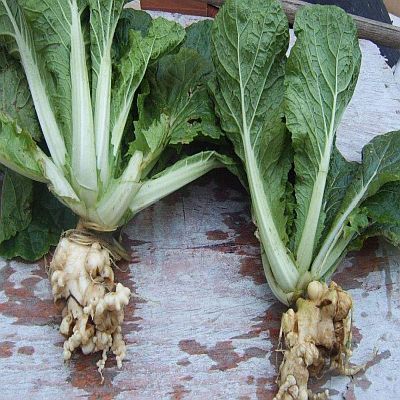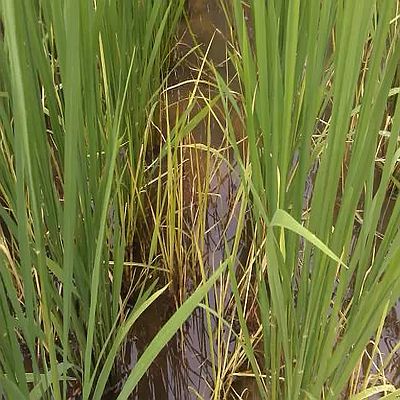1,3-Dichloropropene ——Liquid soil fumigant
1,3-dichloropropene was discovered in 1956. The product contains CIS and trans isomers. It is a colorless or straw colored liquid. It is insoluble in water and soluble in most organic solvents such as ethanol, ether and benzene. It is highly flammable, pungent, slightly sweet and similar to garlic. Because of its good control effect on soil diseases and long-lasting efficacy, it is considered to be one of the soil fumigants instead of methyl bromide in the world. It is widely used in potatoes, golf course lawn, mint, tobacco, fruit trees and vegetable crops. 1-3 Dichloropropene can be mixed with chloropicrin as soil fumigant, as well as chemical reagent and solvent. It can treat the soil before crop planting and control root knot nematodes, short body nematodes, cyst nematodes and underground pests of many crops. 1,3-dichloropropene capsule has a good control effect on nematode, Fusarium and Phytophthora in all soil layers. The decline rate of soil borne pathogens after treatment is more than 70%, and there is no significant difference compared with liquid injection. In the harvest period, the control effect of capsule preparation on nematodes and Fusarium in soil was better than that of injection, and the decline rates were more than 80% and 70% respectively. Both capsule and liquid agent had good control effect on tomato root knot, and could significantly improve crop yield. The yield increase effect of chemical treatment was more than 10%.
1,3-dichloropropene can effectively control plant root knot nematodes and has a certain control effect on soil borne pathogens. It can be popularized and applied as a soil fumigant instead of methyl bromide; 1,3-dichloropropene capsule is convenient to apply, and can reduce the emission of the drug to the atmosphere. It is safer for the applicator and the environment. It is a dosage form with more popularization and application prospects.

